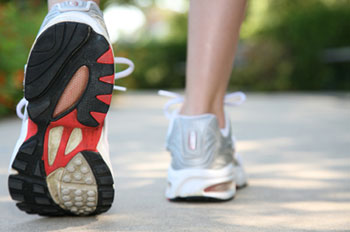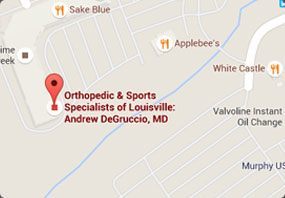Foot Problems: An ounce of prevention goes a long way

Eighty percent of foot problems that present to my office are preventable. The prevention can be so easy that it should embarrass most people.
Our feet were designed for muddy, grassy grounds. If you look at foot designs of many animals, you will see that animals designed to be on rocky, hard terrains have hooves, not soft fleshy feet like ours. This simple fact of biology should help people to understand what leads to many of our most common foot ailments.
The fact is that most of us like going barefooted most of the time. We do this outside and in our own houses. Unfortunately, outside involves a lot of concrete and pavement, and inside involves a lot of hardwood floors, linoleum, and ceramic tile. Also, there are hard obstacles such as chairs, tables, rocks, just about everywhere.
The most common diagnoses for which I see foot patients in my office include: heel pain, forefoot pain, falling arches, tendonitis, toe fractures, and foot fractures. Incredibly, all of these can be easily prevented. Shockingly, 80% of people will have forefoot pain or heel pain at some point in there life. Also, these diagnoses usually lead to significant disruption in the patient's life, including substantial time off work and out of sports.
So why has this become so common? Because our environments have evolved quicker than our feet have evolved. We have created our own problems. But we have also tried to help with the problem. The help comes in the form of shoe wear. That's right, shoes are not just a fashion statement. In fact, a great deal of science and research goes into our shoe wear. Each year that I have been in practice, the technology in shoe wear has improved. Think about it, the good shoe provides a good fit with arch support and heel padding, naturally covering the toes for protection.
If my patients wore these kind of protective, supportive shoes at all times, then heel pain syndromes and forefoot syndromes would be virtually eliminated. As well, toe fractures would never happen. Arches would be supported from the bottom up, resisting the tendency to fall with age.
Despite the fact that all of these conditions would be drastically reduced by the simple use of shoe wear at all times, people continue to go barefooted. In fact, many families have rules about no shoe wear in the house. Yet most toe fractures occur in the house to unprotected feet.
Having someone miss 4 - 6 weeks of sports or work because of a completely preventable toe fracture always makes me cringe. But once the toe is fractured, the swelling usually prevents normal shoe wear for a month. Hence, work and sports are out.
In conclusion, preventive medicine can be really simple; so simple that it defies us. Breaking patients of bad habits can be difficult, and thus many doctors do not even try. But I am going to take a stand. Let's stamp out barefootedness. Unless you are planning on growing hooves, get use to wearing a pair of comfortable, supportive shoes at all times. Your feet will reward you for it, with many years of pain free activities of your choice.







